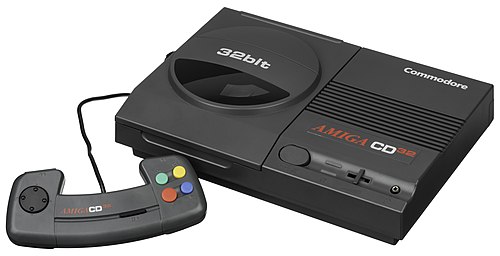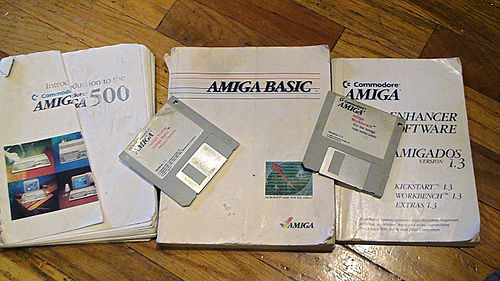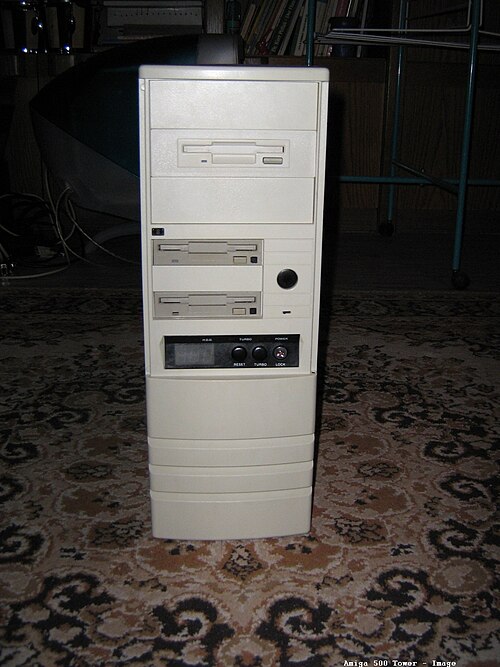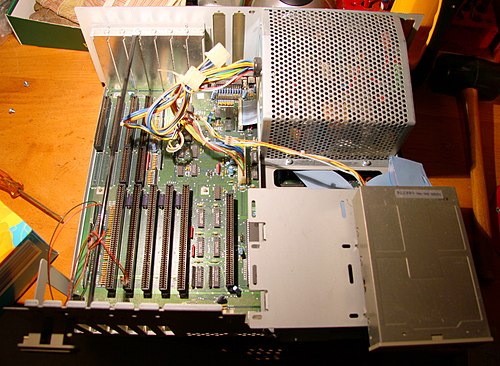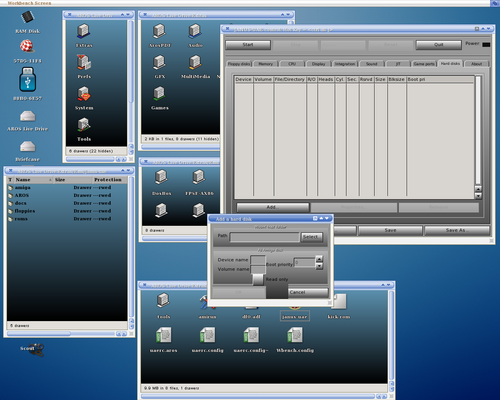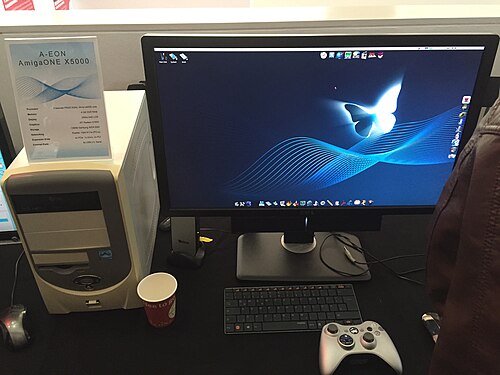Portal:Amiga/Selected picture
Selected picture 1
Portal:Amiga/Selected picture/1
Selected picture 2
Portal:Amiga/Selected picture/2
Selected picture 3
Portal:Amiga/Selected picture/3
Selected picture 4
Portal:Amiga/Selected picture/4

Selected picture 5
Portal:Amiga/Selected picture/5

Selected picture 6
Portal:Amiga/Selected picture/6
Selected picture 7
Portal:Amiga/Selected picture/7
Selected picture 8
Portal:Amiga/Selected picture/8
Selected picture 9
Selected picture 10
Selected picture 11
Portal:Amiga/Selected picture/11
Selected picture 12
Portal:Amiga/Selected picture/12
Selected picture 13
Selected picture 14
Portal:Amiga/Selected picture/14
Selected picture 15
Selected picture 16
Portal:Amiga/Selected picture/16
Selected picture 17
Selected picture 18
Portal:Amiga/Selected picture/18
Selected picture 19
Portal:Amiga/Selected picture/19
Selected picture 20
Portal:Amiga/Selected picture/20
Selected picture 21
Selected picture 22
Portal:Amiga/Selected picture/22
Selected picture 23
Portal:Amiga/Selected picture/23
Selected picture 24
Portal:Amiga/Selected picture/24
Selected picture 25
Selected picture 26
Selected picture 27
Portal:Amiga/Selected picture/27
Selected picture 28
Portal:Amiga/Selected picture/28
Selected picture 29
Portal:Amiga/Selected picture/29
Selected picture 30
Portal:Amiga/Selected picture/30
Selected picture 31
Portal:Amiga/Selected picture/31
Selected picture 32
Selected picture 33
Portal:Amiga/Selected picture/33
Selected picture 34
Portal:Amiga/Selected picture/34
Selected picture 35
Portal:Amiga/Selected picture/35
Selected picture 36
Portal:Amiga/Selected picture/36
Selected picture 37
Selected picture 38
Portal:Amiga/Selected picture/38
Selected picture 39
Selected picture 40
Portal:Amiga/Selected picture/40
Selected picture 41
Selected picture 42
Portal:Amiga/Selected picture/42
Selected picture 43
Portal:Amiga/Selected picture/43
Selected picture 44
Portal:Amiga/Selected picture/44
Selected picture 45
Selected picture 46
Portal:Amiga/Selected picture/46
Selected picture 47
Selected picture 48
Portal:Amiga/Selected picture/48
Selected picture 49
Portal:Amiga/Selected picture/49
Selected picture 50
Portal:Amiga/Selected picture/50













